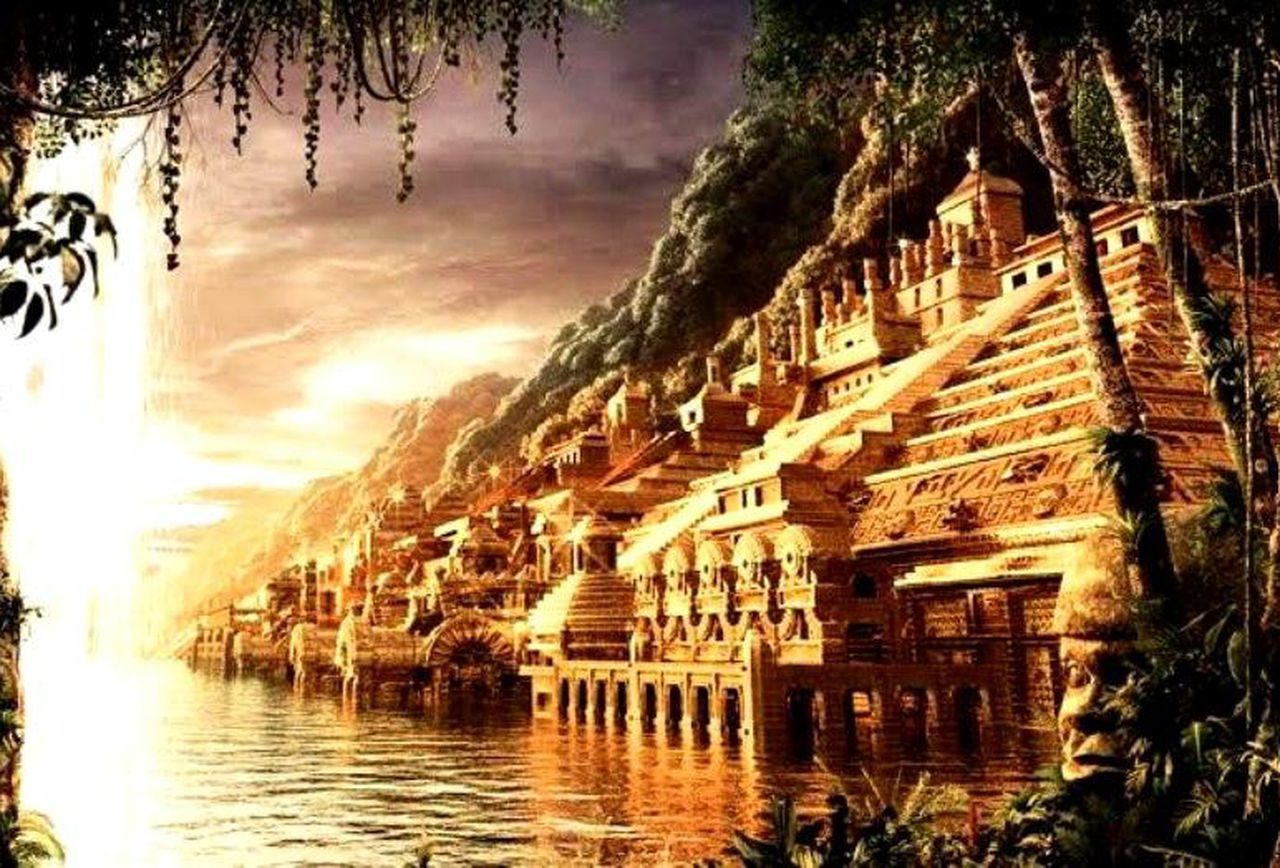I started The Daily Hart because I wanted to experience more art. However, more generally, I just wanted to learn. Period. Which is how I came up with this year’s challenge. Pick one topic per month and learn as much as I can about it. I’ve been doing this for almost a year now, and I’m still amazed at how much there is to learn week to week. Case in point, this week’s deep dive. The Legend of Inkarri.
Inkarri is one of the most well known Incan folktales, having been part of the Incan oral tradition for hundreds of years. In fact, it was only first written down by anthropologist Jose Maria Arguedas in 1955. But the actual story has been around for centuries, passed down from generation to generation. As a result, there are many different versions of this legend that have evolved over time. But the general gist of the story remains the same.
The original version says that Inkarri was the son of a woman who was impregnated by the sun. And as you do when you are impregnated by the sun, Inkarri’s mother raised him to be a king. In fact, Inkarri actually means “Incan King”. However, in the mid-16th century, the legend of Inkarri came to be associated with Atahualpa, the last Inca Emperor. Atahualpa was executed by the Spanish in 1533, instantly making him a martyr in the eyes of his people. The legend goes that before he died, Atahualpa vowed that one day he would return and restore the Incan Empire. More importantly, he would restore the balance between Pachamama and her children.
Understandably, the Spanish were not too thrilled about this vow, and so they dismembered Atahualpa’s body and buried him across numerous locations. Apparently his head still sits under the present day Presidential Palace in Lima, Peru. However, since his death, Atahualpa continues to grow in strength under the earth, waiting for the right time to rise up and return. It’s a legend of rebellion and reincarnation that is still told today.
It is also said that Atahualpa was interrogated prior to being executed, and during that interrogation he revealed the existence of the lost city of Paititi. Like all good lost cities, Paititi is said to be rich in gold and utopian lands. It was also supposedly the retirement location for the original Inkarri, son of the sun, which is how it came to be a part of the Inkarri legend. Belief in this lost city is widespread, and there have been numerous expeditions to find Paititi in the past couple of decades alone. No luck in finding it just yet though.
So there you have it. I started the week by reading a popular Inca folktale. And this folktale led to me reading about the colonial history of the Andes, modern day treasure hunters, and the cultural importance of martyrs. I know I say this a lot, but I love The Daily Hart.
Happy Sunday all! See you next week for the final instalment of this year’s challenge.
Suggestions for artists I should check out? Please contact me with your ideas. I hope you enjoyed your daily helping of art!



